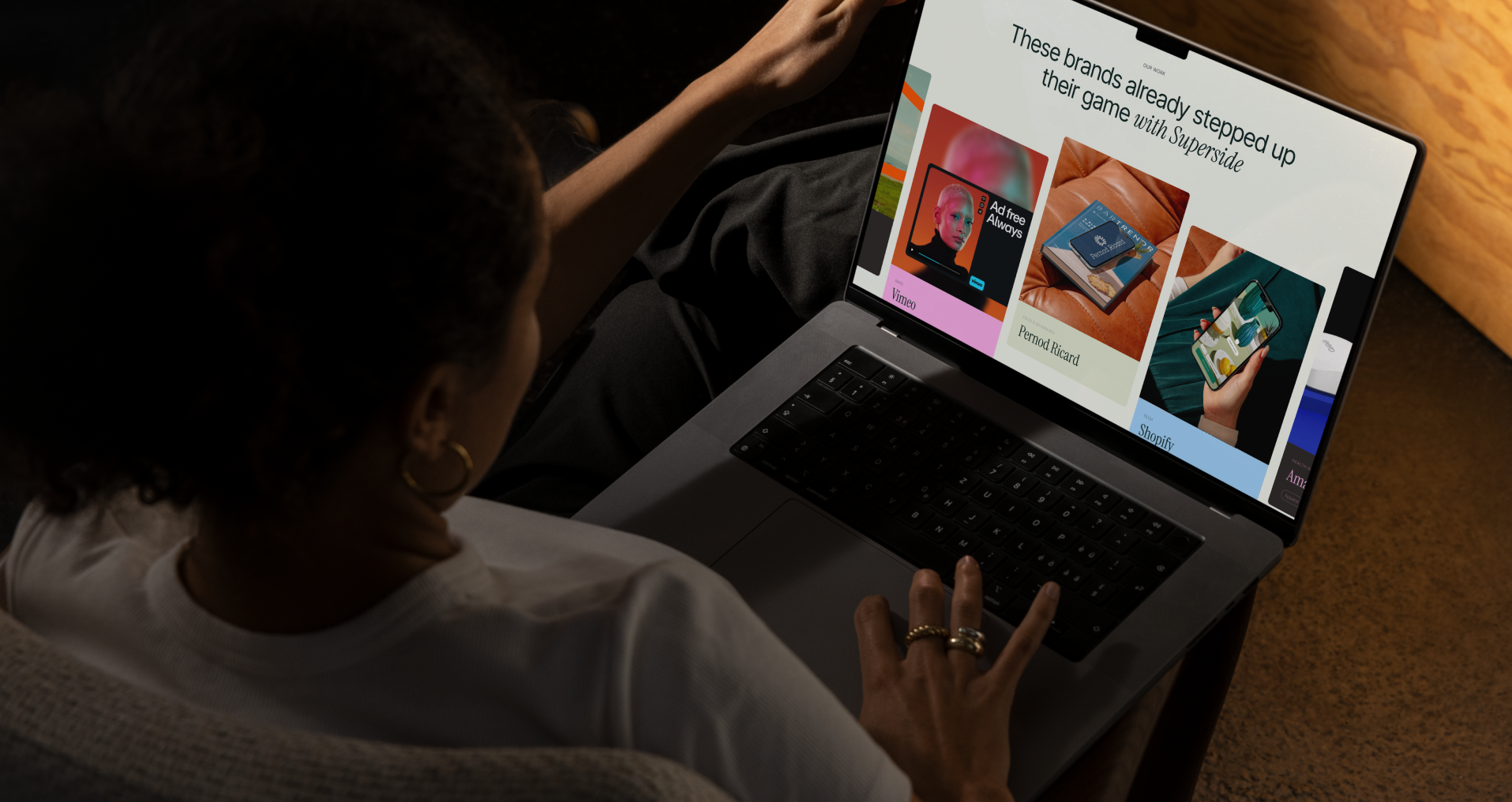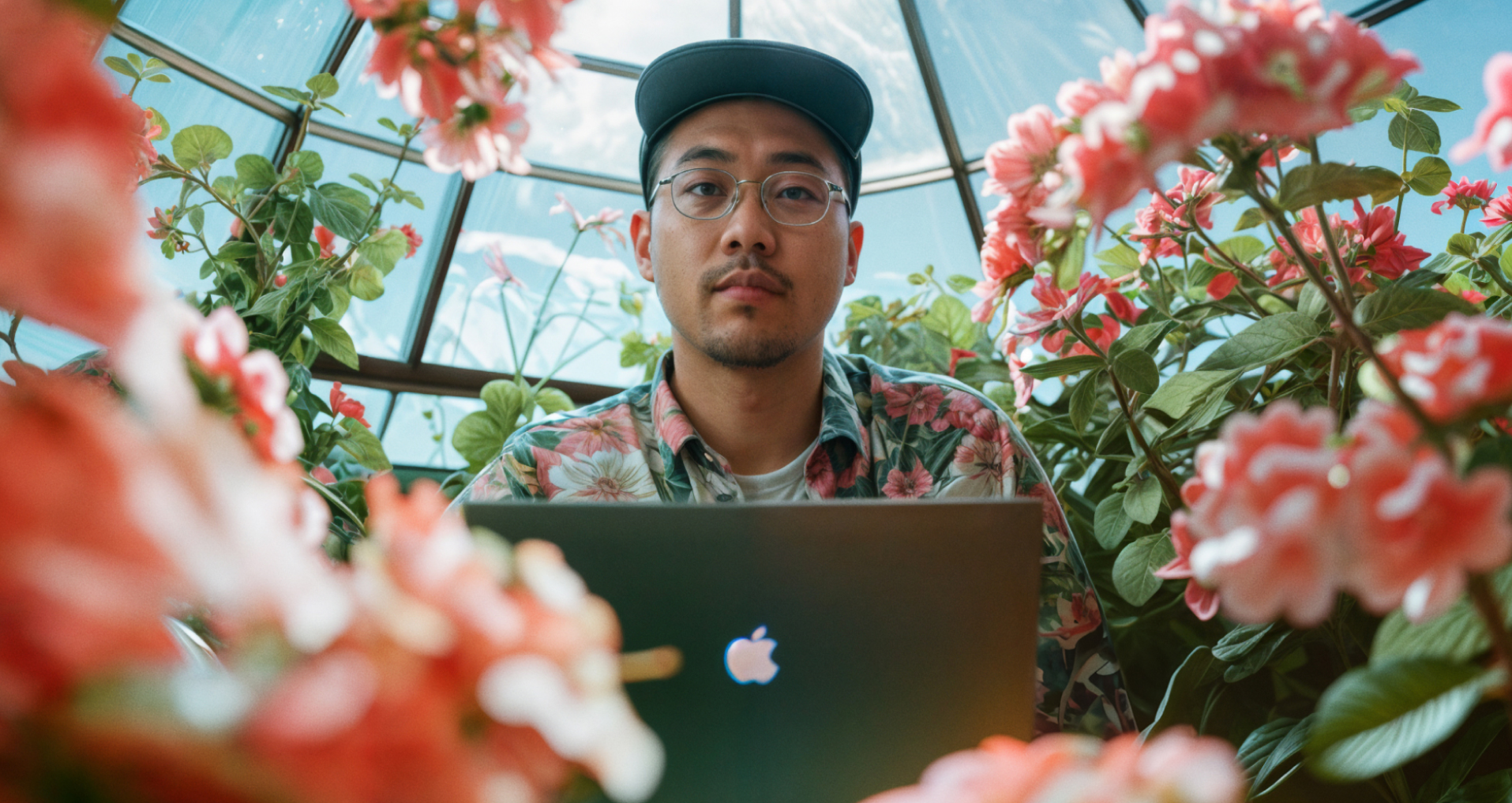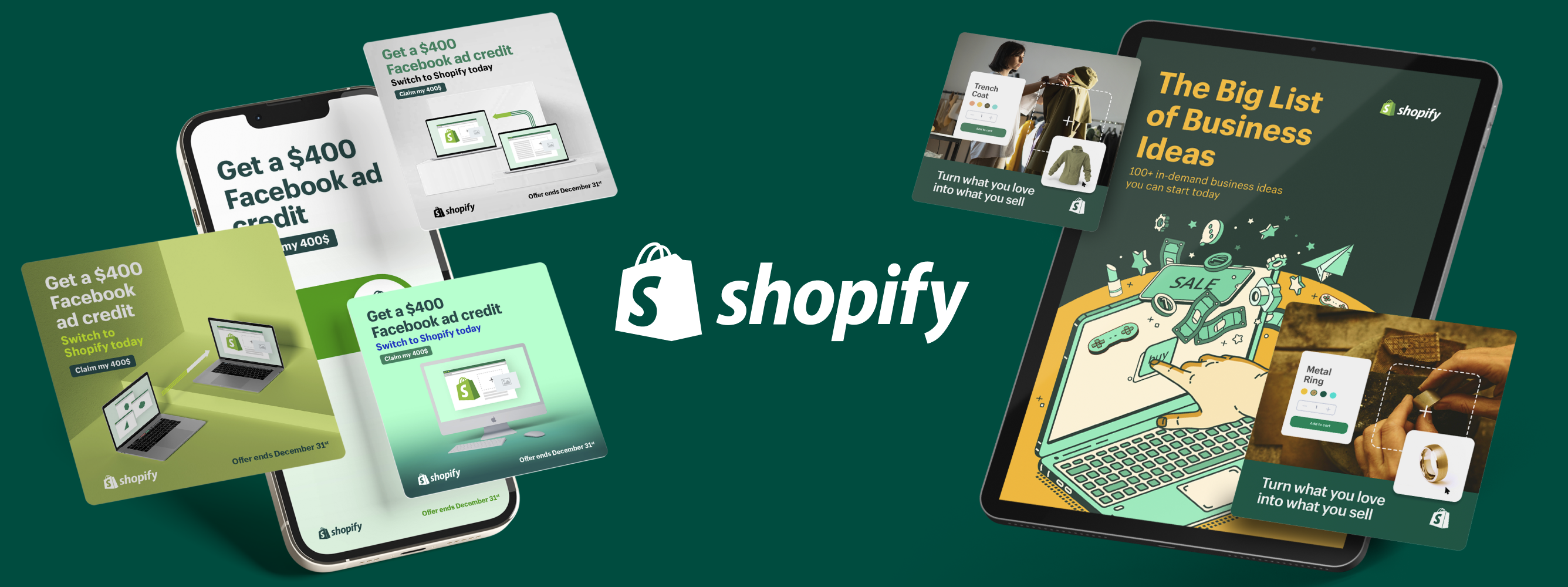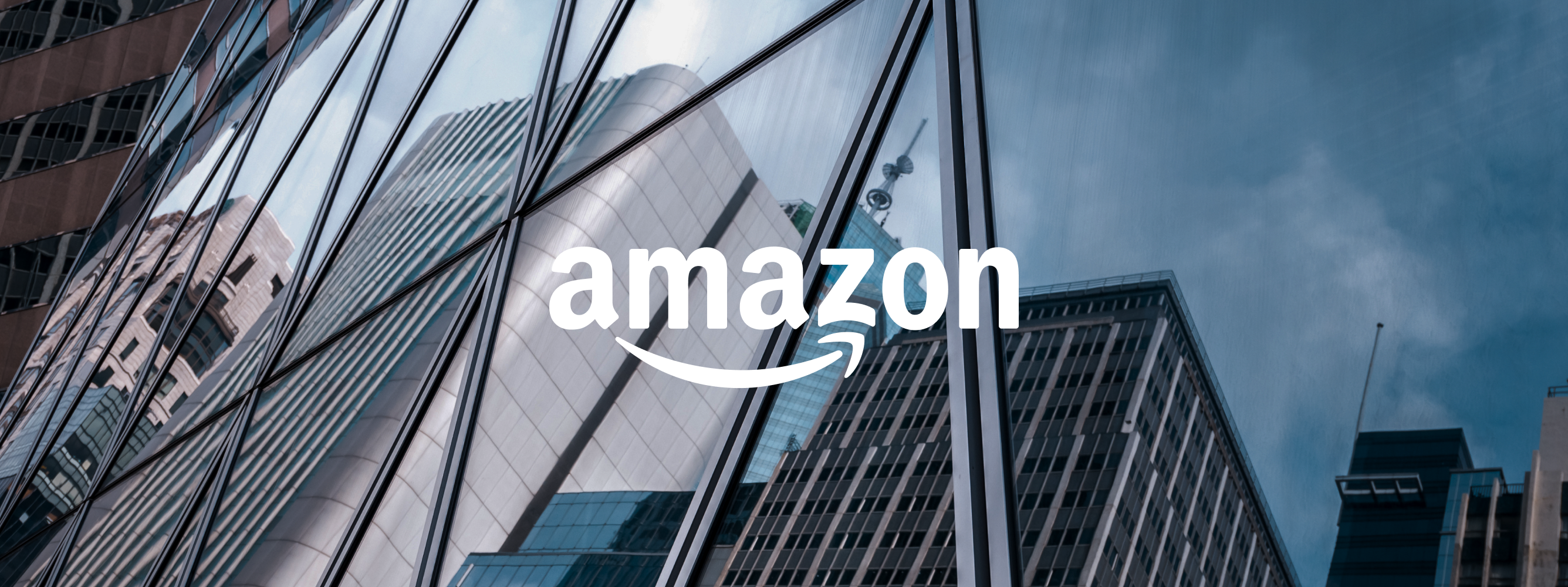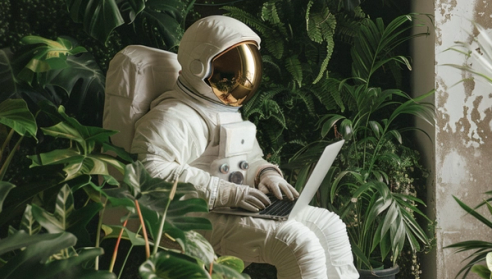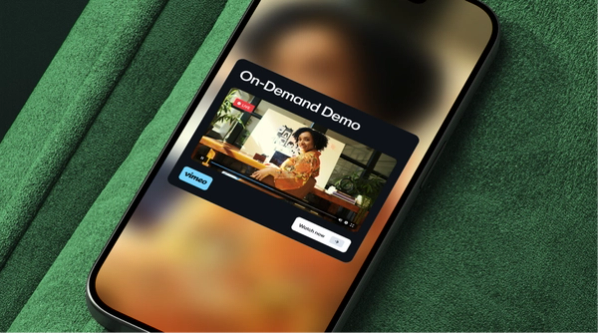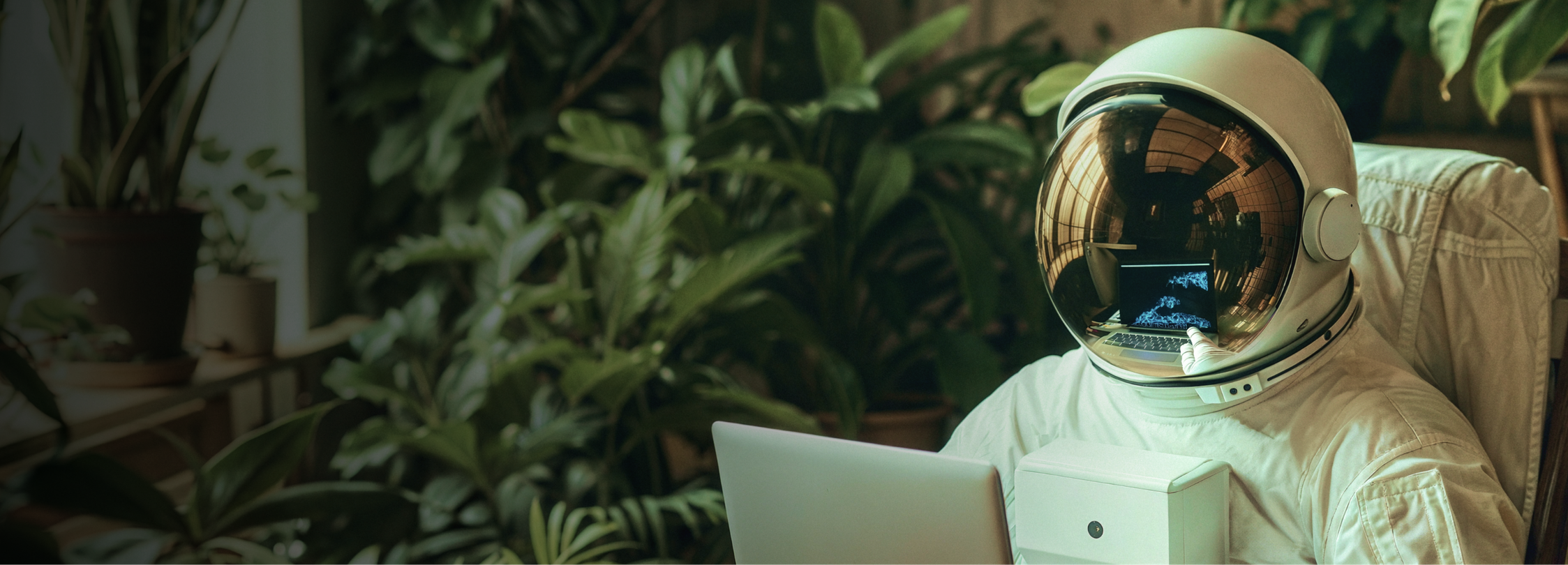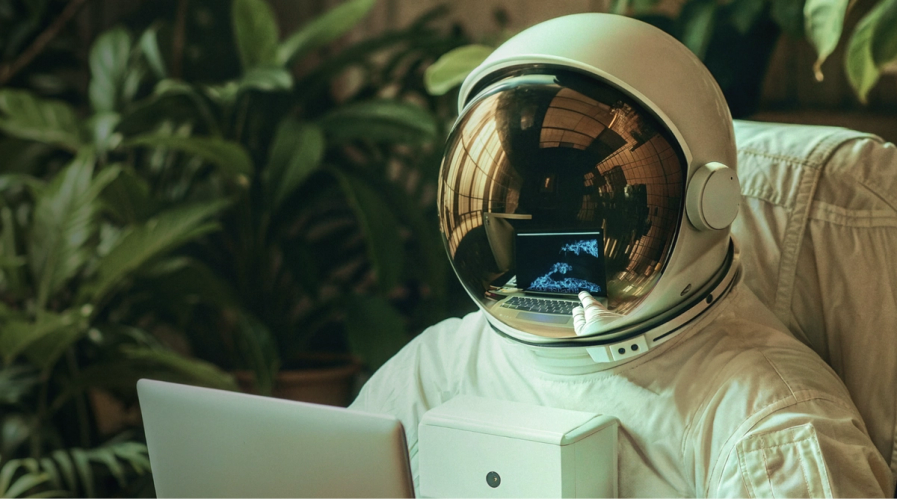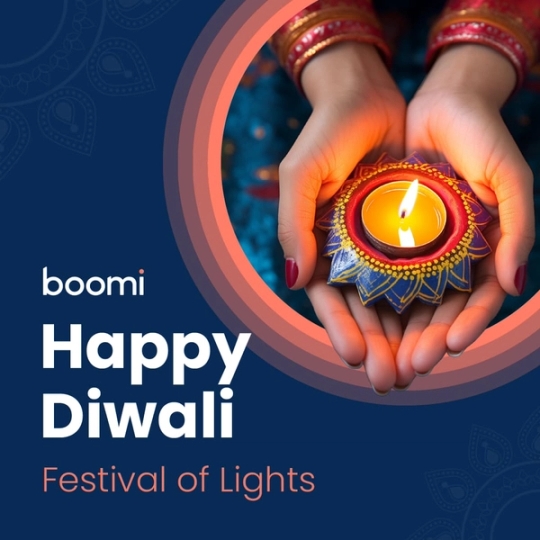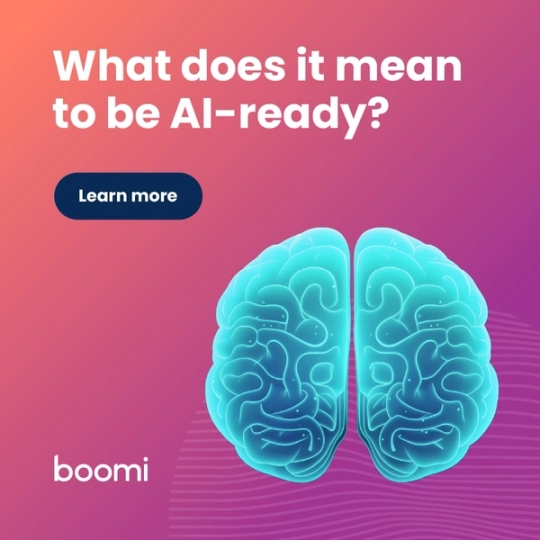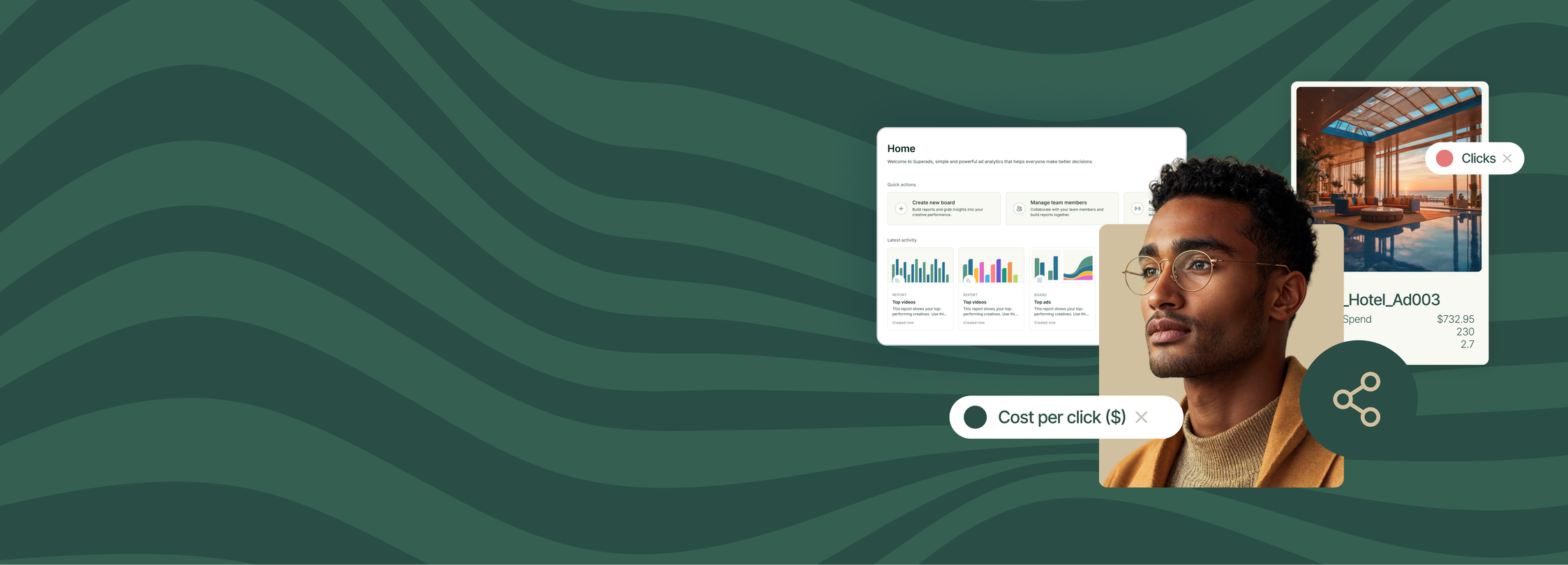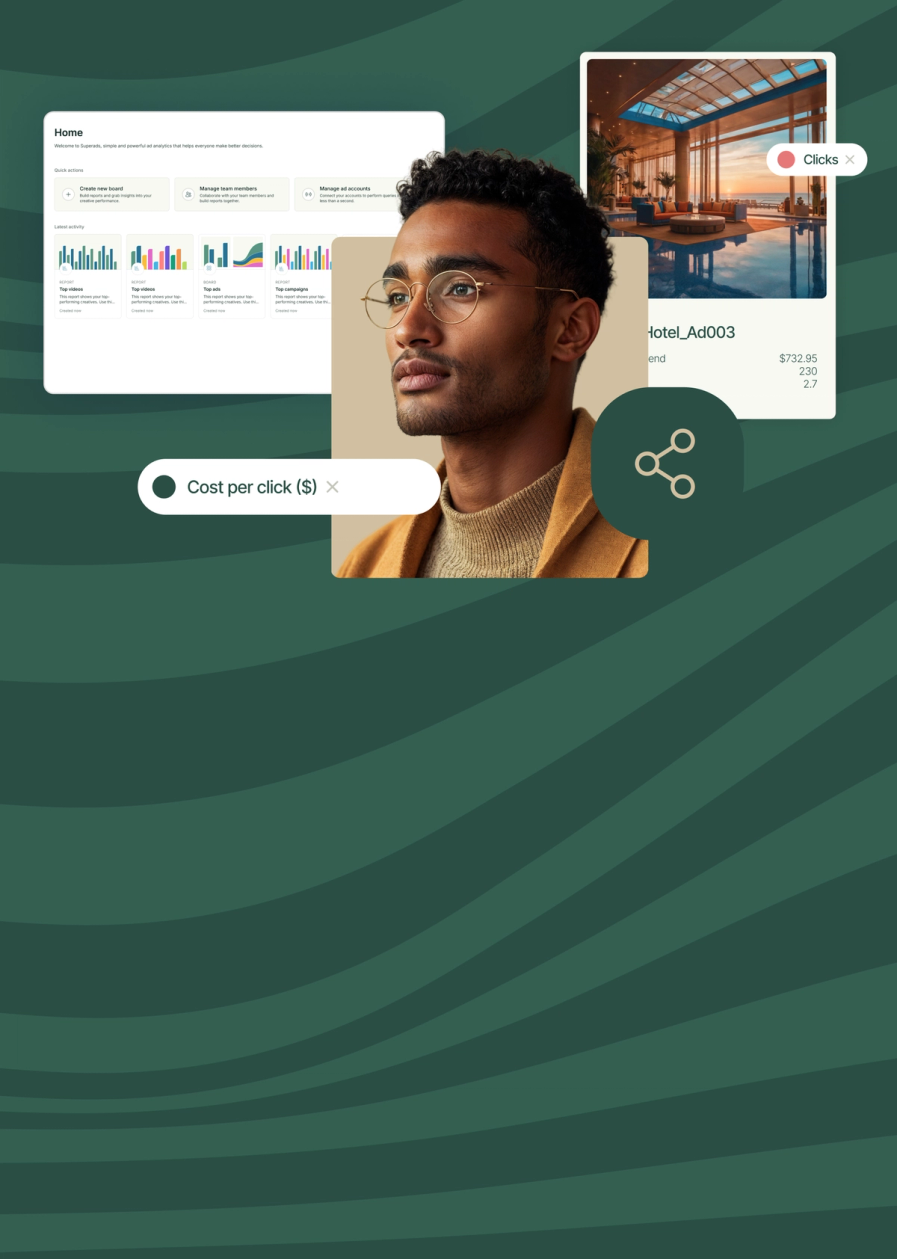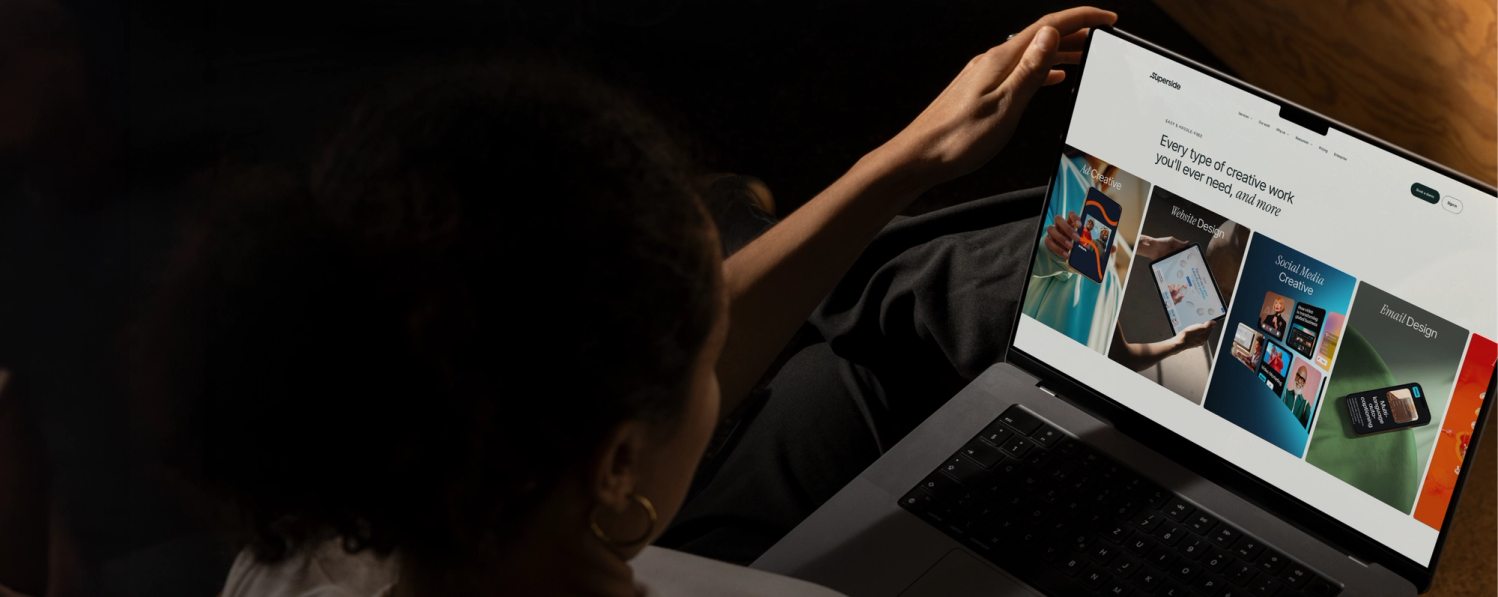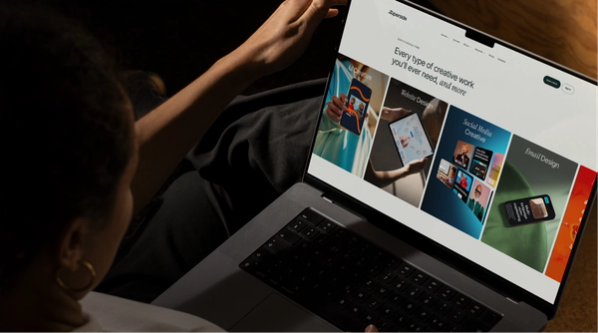
Top 5 Key Digital Marketing Trends for 2025 To Drive Growth
Published Jan 1

Multiformat video synergy, omnichannel consistency, AI measurement, content optimization for bots and genuine connections are crucial trends for digital marketers to track in 2025. Superside’s Associate Director of Marketing Strategy, Kirsten Van Rooyen, weighs on these trends, providing actionable insights and creative solutions for growth-seeking enterprises.
If one development defines the evolution of digital marketing in 2024, it’s the widespread adoption of AI across multiple platforms and formats for content creation and distribution.
In a recent survey, 73% of marketing professionals said their companies use AI tools like ChatGPT and Midjourney to generate copy, images, videos and other content. Perhaps surprisingly, given the technology’s relative immaturity, was the finding that the highest proportion of marketers use the tech for image generation (69%).
It’s not just the scale of AI adoption that’s exciting, but also its potential for developing knockout marketing strategies in a fast-moving digital world. After all, AI makes automated, highly personalized campaigns that adapt to consumer preferences in real time completely possible.
Wondering what 2025 will bring and how it will differ from the past few years? We turned to Kirsten van Rooyen, Associate Director of Marketing Strategy at Superside, to help us unpack the digital marketing trends we can expect to see in the next 12 months.
The Future of Digital Marketing in 2025
Digital marketing trends and shifts made 2024 a memorable year, and mostly on the social media side. Meta’s Threads platform, introduced in mid-2023, hit 275 million monthly users in November, while Bluesky roped in 20 million users on the back of its quieter, more user-controlled social media experience.
As we move into 2025, digital marketing will continue to throw up challenges and opportunities as it continues to evolve in multiple channels simultaneously.
HubSpot’s latest State of Marketing report reveals that 15% of marketers struggle to generate traffic and leads, but also struggle to keep up with the latest digital marketing trends, understand customer needs and achieve sales-marketing alignment.
On the other hand, AI optimization (AIO) is reshaping SEO, a vital shift given that organic search drives over 53% of all trackable website traffic. With more people than ever searching on AI, specifically, since the integration of multiple search features on AI tools like ChatGPT did last October, AI optimization should now be part of every digital marketing strategy.
I am starting to see when working on customer projects that ChatGPT and Perplexity AI are frequently appearing as some of the top traffic drivers for websites in some cases—even out-delivering Google.

Looking forward, the key digital marketing industry trends we expect to see in 2025 include:
- Short-form and long-form video synergy
- Using AI for measurement and ROI
- AI optimization for bots
- Capitalizing on the power of influential spaces and community connections
- Next-level omnichannel marketing strategies
5 Digital Marketing Trends for 2025
The digital marketing strategies that yield proven ROI in 2025 include using short-form videos, demonstrating brand values through content, running influencer marketing campaigns, tapping into social selling and more.
Let’s explore the latest digital marketing trends and how your brand can capitalize on them.
1. Short-form and long-form video synergy
It certainly looks like the death of long attention spans is here: Right now, short-form video dominates engagement, with content under 90 seconds retaining 50% of viewers and generating 2.5 times more engagement than long-form content.
In 2025, video is projected to account for 82% of all internet content. Digital marketers are paying attention too, with short-form video becoming the top leveraged media format in contemporary content strategies.
While short-form videos remain a surefire way to grab target customers’ attention on social media platforms, they are also becoming gateways to longer, more in-depth content.
Data from YouTube shows 59% of Gen Z users engage with longer content after discovering topics through short-form videos.
Short-form videos grab attention and serve as entry points to deeper narratives, especially for Gen Z audiences. Enterprises can balance this by crafting short-form videos that tease or summarize longer content, effectively driving viewers toward in-depth storytelling

Smart brands are leveraging this behavior by creating video content of varying lengths to guide viewers naturally through their marketing funnel. Note that different video formats are subject to distinct algorithms, each with its own performance metrics and success markers. Keep this in mind when you develop your digital marketing strategy.
Many brands are getting the balance right
Nintendo’s video marketing strategy mirrors its gaming philosophy: Short teasers like the 15-second Kirby’s Dream Buffet clip lead viewers to longer content, from 90-second trailers to five-minute deep dives, reflecting how players engage with games both casually and intensively.
When Pernod Ricard U.S.A. did the first-ever photoshoot for its BarTrendr Magazine, Superside saw the potential to provide added value for the customer’s digital marketing and communication teams. We created a behind-the-scenes video showing the process of photographing Pernod Ricard’s iconic cocktails.
Superside combines audience insights with cutting-edge creative execution to produce short-form videos that resonate emotionally and visually. We focus on crafting thumbnails that grab attention and hooks within the first few seconds to captivate viewers while embedding subtle calls-to-action that seamlessly guide them to longer, more detailed content. Our expertise ensures every frame aligns with a brand’s narrative and objectives.

Check out our list of the best video production companies for more ideas on making video work for your brand.
In a third example, outdoor clothing and equipment brand Patagonia has adopted a digital marketing strategy that prioritizes rich, documentary-style storytelling over product focus, exploring conversation and environmental topics through long-form videos that connect with its customers. It even has a Films section dedicated to showcasing these videos on its website.
2. Using AI for measurement and ROI growth
Machine learning’s impact on digital marketing extends beyond content creation, with measurement and creative testing emerging as crucial innovation areas.
AI’s ability to analyze vast quantities of data makes it a perfect fit for evaluating the effectiveness of digital marketing creative and campaigns. The latest AI tools can analyze past consumer data to identify successful creative elements, helping marketers predict and compare campaign performance before launch.
This analysis has already yielded some intriguing (and concerning) insights.
Take CreativeX, which uses artificial intelligence to evaluate the creative quality of advertising assets for thousands of brands and agencies. The company found that 50% of 2023’s $1.3 billion ad spend was wasted on creative that wasn’t fit for the platforms on which they were distributed.
Artificial intelligence brings much value to strategic marketing. The latest AI tools can be used to automate A/B testing and analyze audiences' feedback so creative teams can experiment and optimize their campaigns faster than ever.
Brands are seeing fascinating results now
- Wunderman Thompson has launched a solution that measures facial micro-responses as indicators of mood with a high degree of accuracy. The tech provides granular insights into emotional responses to ad creative.
- Domino’s Pizza partnered with Spirable—a platform that simplifies and scales video ad creation—to test three ads on Facebook over a four-week period. Thanks to highly targeted advertising, they saw a 20% increase in return on ad spend (ROAS), a 6% increase in click-through rate (CTR) and a 9% reduction in cost per result (CPR).
- Tele2 collaborated with Google to develop an AI-powered digital marketing mix model that quantifies the impact of creative elements on ROI. By analyzing factors like mood, colors and logos in ads, they discovered which components drive better viewer retention rates and business outcomes.
Take a look at Boomi, for example. A leader in the cloud-based integration (iPaaS) industry, Boomi partnered with Superside to revitalize its lead-generation ads. The objective was to align its advertising with its new branding and infuse creativity and wit to stand out in the crowded tech market, all while keeping costs down without compromising quality.
Using Adobe Firefly, Midjourney and Adobe Photoshop to enhance the creative process, the collaboration led to significant outcomes:
- Tripled Creative Output. Boomi received three times the number of creative options compared to traditional design teams.
- Production of 75+ Unique Images. Each image told a part of Boomi's brand story, enriching its custom library.
- Enhanced Engagement. Boomi's social team reported a 24% engagement rate on LinkedIn, significantly higher than the average for brands on the platform.
At Superside, artificial intelligence forms a key part of our creative performance processes. In fact, it’s so important that we invented our own AI-enhanced tool.
Discover how we can supercharge your ad analyses, empower collaboration between teams and optimize your digital marketing strategy with Superads.
Try it for free today.
3. AI optimization for bots
SEO also continued to evolve, with Google’s AI Overviews providing an AI-generated summary of search results, with links to the sites that informed it.
Artificial intelligence increasingly mediates our digital interactions, from Google’s AI summaries to conversational chatbots for research. This is big news for marketers—72% of whom think generative AI and chatbots will help personalize customer experiences and build meaningful connections in 2025 and beyond.
Content optimization must now account for how AI systems interpret and prioritize information. Marketers are adapting their content strategies to match the conversational nature of AI interactions, structuring content around specific target audience queries and related questions. If you know how your buyer personas talk, you're already a step ahead:
Armed with these insights, you can tailor your messaging so it resonates with each audience segment—delivering the right message in the right place at the right time. That’s how you turn casual browsers into ready and engaged customers/leads.

SEO specialists and strategic marketers are also adopting cleaner formatting with clear hierarchies—using strategic headings, focused paragraphs and comprehensive metadata—to help AI systems better understand and categorize their content.
How does AI optimization look on a daily basis
Try searching for this phrase: "How does Superside support my creative team".
These specific, AI-driven searches based on your audience's tone of voice, will be key to driving growth in this new era of lead generation, reshaping overall digital marketing campaigns more than ever.
Besides, savvy marketers are extending their AI optimization efforts beyond text, developing high-quality, AI-enhanced visuals and videos accompanied by descriptive alt text and transcripts.
Just like we did for the Japanese go-to news aggregation app SmartNews when we created a bank of 150+ AI-custom images for Google Ads & Meta campaigns to move beyond traditional stock photos and create dynamic visuals that resonate with their audience.
This multimedia approach increases content discoverability in both search results and AI search tools.
4. The power of influential spaces and community connections
Influencer marketing continues to evolve on social media platforms and beyond, with brands increasingly prioritizing micro- and nano-influencers to reach niche audiences authentically in 2025.
This shift also has brands focusing on digital communities and specialized platforms where organic engagement and trust already flourish.
Micro-influencers deliver higher engagement rates—often double the 5% ceiling of mega-influencers—generating more meaningful interactions and trusted recommendations.
Their cost-effectiveness allows new and established brands to partner with multiple niche creators and test targeted messages across diverse audiences according to their buyer persona. This works especially well if you're hosting a digital event or being part of one.
Standout examples of brands building trust with powerful spaces and communities
- Duolingo has leveraged the power of community to great effect with its Discord server. They’ve fostered a vibrant community of passionate language learners who engage deeply with both the brand and each other. They’ve also been integrating AI for years, using machine intelligence to build new courses quickly.
- Cloud services provider Cloudflare has seen its forum grow to over 26,000 members, providing an easy go-to platform for users to post and answer questions.
- Marvel’s subreddit is a dream come true for the brand. Over 4 million passionate users constantly engage with the latest comic, movie or news snippet that enhances long-term conversion rates.
On Superside we host multiple virtual events and summits every month that connect creative leaders worldwide in just one place to drive inspiration and ideas across industries with the latest technologies.
We also connect with thousands of people every month with our full-stacked newsletter for creatives, marketers and everyone in between who wants to stay in line with the latest on design, AI, marketing and more!
5. Next-level omnichannel marketing strategies
It’s impossible to overstate the importance of creating a seamless customer experience across all channels, from social media platforms to real-life events.
However, with the growing awareness of the echo chambers created by personalized algorithms, audiences will actively seek out diverse perspectives in 2025.
Starting a campaign in one or multiple channels, you can later move your followers and potential leads through the funnel using different channels, messaging and assets (with their variations).
Brands can expand their digital marketing efforts by developing inclusive content that speaks with diverse audiences in multiple channels. By understanding different communities’ needs and connecting them to current trends, brands create more resonant and meaningful content.
By tapping into data from all your channels—social, email, website, you name it—you can build a complete picture of how customers interact with your brand. Then, advanced analytics help you spot patterns, see what’s working and where you might be losing people.

Netflix exemplifies seamless omnichannel marketing, often pioneering marketing trends. Their synced playback feature allows subscribers to switch effortlessly the app between platforms.
Meanwhile, they actively maintain consistent brand storytelling and messaging across social media, email campaigns and their app. This cohesive approach is fortified by personalized recommendations and locally relevant imagery.
Netflix has also entered into partnerships to extend its brand reach beyond these marketing channels, creating co-branded merchandise, cross-promotions with Spotify and experiential marketing activations like their “Find the date you’ve been watching for” marketing campaign with Bumble.
How Superside Drives Growth & Conversions for Top Brands
Navigating these digital marketing shifts demands constant strategic adaptation. This is where the right creative partner can make all the difference.
Superside combines dedicated creative teams with AI-powered workflows to ensure quick turnaround times on large projects while maintaining quality.
We understand that digital marketing trends and priorities shift and evolve, our teams remain flexible and nimble, making it easy for you to scale your creative up and down quickly and fluidly. Look at how it works:
With services that include everything from:
- Graphic design
- Illustration, concept design
- Concept creation and strategy for digital marketing campaigns
- UX/UI design,
- Organic social media content design
- And way more
We’re your creatives team's creatives team. You can count on us, always.
Our pricing starts at $6,000 per month, and we’re scalable to any enterprise and make dedicated teams for you.
Don’t take our word for it, though. Look at the results we help our customers achieve:
- For Reddit’s end-of-year “Recap” project, we successfully helped scale their core creative and produced 87 unique assets for on- and off-platform marketing. Acting as an extension of their creative team, we ensured they met their super-tight deadlines.
- Salesforce took advantage of our scalable solution to grow its motion graphic production efforts, collaborating with our creative experts to produce knockout content across various applications. Think explainer videos featuring Astro, Einstein and the complete cast of Salesforce characters.
- Superside also saved Amazon a mammoth 345 hours in three months when we delivered more than 1,000 assets for the Amazon Home team. Yes, we helped this major brand streamline its creative workflows and boost production efficiency.
- When publishing company Packt set out to develop a more polished, complete set of brand guidelines, it turned to Superside, ultimately achieving a 10–20X reduction in design interactions.
Tap Into the Latest Digital Marketing Trends With Superside
AI transformed digital marketing in 2024, while new social platforms like Threads and Bluesky further diversified the digital marketing landscape.
In 2025, digital marketers will tap into diverse video formats, AI-powered analytics and micro-influencer partnerships while exploring more inclusive content and automated customer engagement.
To ride the wave of new digital marketing opportunities, partner with the only creative service that keeps up with you—book a call with Superside today and get your brand to the next level of growth.
